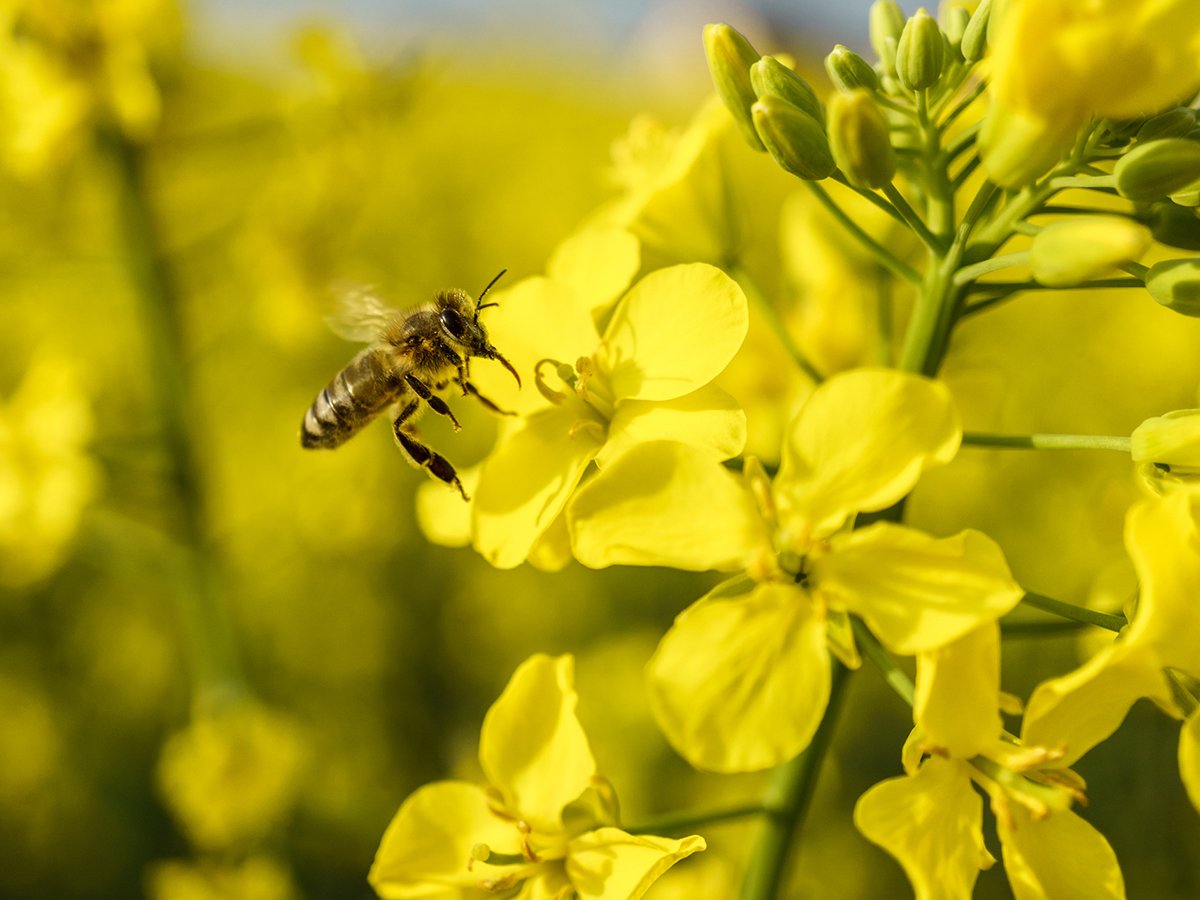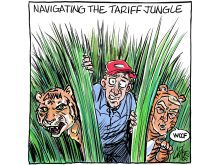There are lots of women in the farming business, whether or not they describe themselves as primary farm decision makers. One can deduce that much from a look around any farm meeting, show or symposium, where women are engaged in the operations, purchases and educational processes involved in the farm or ranch enterprise. Many of us can remember a time when few women attended ag events and even fewer stepped up to the microphones. Those days are gone and good riddance.
While women have always been integral to the family farm, they are now more willing to declare themselves as partners and/or farmers in their own right. It’s a positive development in terms of women’s empowerment and men’s enlightenment about the value and division of labour.
Read Also

Invigor Gold variety viewed as threat to condiment mustard
Invigor Gold, the canola-quality mustard developed by BASF, is on a collision course with Canada’s condiment mustard industry. It’s difficult to see how the two can co-exist.
We’ll be able to see whether an increase in female farmers bears out statistically after the next farm census, which will be done this May.
Women are also becoming a greater factor in agricultural communication, according to a survey commissioned last year by the International Federation of Agricultural Journalists, which has members in 30 countries. Its survey found that “the average agricultural journalist is likely to be a woman in her mid 40s,” said a December 2005 report in the IFAJ newsletter.
That sentence is misleading, because the story later says public relations professionals and other types of agricultural communicators were included in the survey, and thus in the average. The latter are not working journalists in the standard newspaper meaning of the word.
As an example, the Canadian Farm Writers Federation has about 300 members, of which only 75 are journalists. Most of the rest are in ag-related public relations.
Perhaps that would explain why Western Producer news staff demographics don’t fit the mould formed by the IFAJ survey. Yes, there are a few people who fit the federation’s “average” model. However, the reporting staff is predominantly male, while the editing staff has an even gender split.
As for age, few would appreciate having the specifics revealed here, so enough said.
Journalism schools have been reporting higher female enrolment as a trend for several years now, but its doubtful that many choose agricultural journalism as a direction, fascinating though the field may be.
As the IFAJ reports, the number of agricultural communicators has declined worldwide, which it deems a reflection of “declining farmer numbers, fewer media outlets and journalists being tempted away to other sectors which appeared more attractive.”














